Behind the Scenes: The Making of SICK Sensor Technology
Every element of your life–your food, your car, your house–everything is made with processes that use sensors. Join us as we visit the SICK facility, where many of these sensing products are made.
Before we embark on our tour of the SICK facility, let’s get started with a short quiz:
What is the most important part of an industrial control system?
- The sensors
- The communication/networking equipment
- The controllers
- The output devices in the field
I’ll let you argue over the correct answer to this question because I can’t really decide.
However, I do know this for sure: without sensors, there would be no way to design an effective control system that responds to any sort of real-life change or variation.
For that reason, although it may be hard to select a "most important" component category, sensors are absolutely essential to effective industrial operations.
How Many Kinds of Sensors Are There?
For every physical property, there is a sensor. Temperature, light intensity, volume, distance, airflow, magnetic force, direction, angle, movement--the list goes on.
For most of these sensations, there are two ways in which we can make a measurement. We can measure the value, like a thermometer or a tape measure operates. Or, we can trip a switch when a certain value is reached, like a thermostat or garage door sensor.
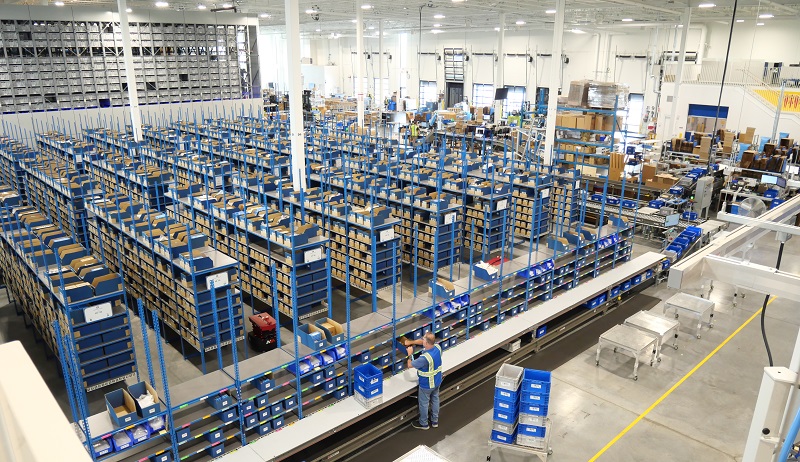
Figure 1. The incoming receiving bay at SICK sorts between raw materials and finished goods.
Finally, even within each type of sensor, we must also consider the installation environment. Sensors can be constructed of various materials to withstand heat, impact, or washdown, and they can be built with all kinds of shapes and mounting bracket structures.
Add up all these factors, and there is a near-endless variety of sensors.
Recently, the Control Automation team was able to go behind the scenes and visit SICK, the Sensor Intelligence people in Minneapolis, MN. This facility is the origin of a wide variety of optical sensors, including discrete, analog, light curtains, and area scanners. Every product line provides enough manufacturing flexibility to supply custom-engineered solutions to meet individual needs.
SICK Sensors: From Raw Material to Finished Product
The beginning of the journey through the SICK production facility is the shipping bay (which you can see in the image above) for receiving both raw materials as well as finished products shipped from other facilities.
This end of the facility carefully catalogs and sorts the finished products with the help of guided mobile robot platforms from inVia.
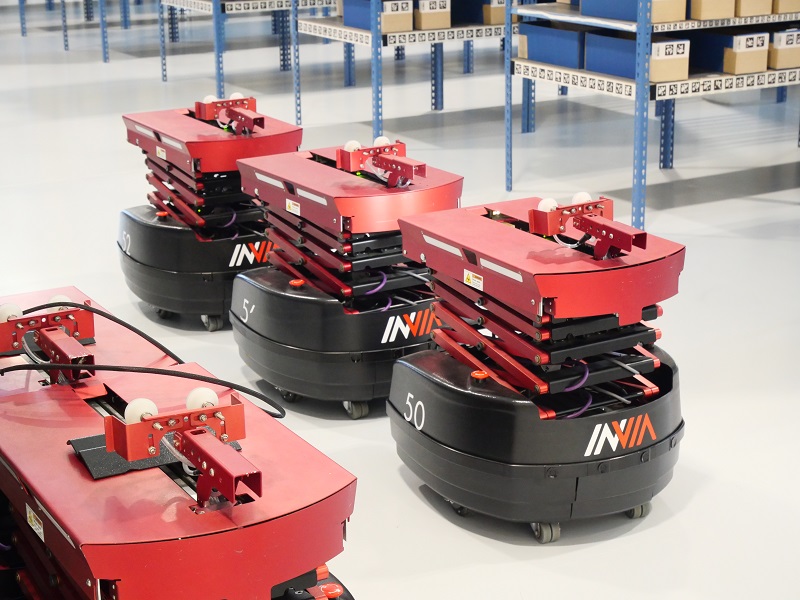
Figure 2. A fleet of mobile robots from inVia performs the dedicated task of storing and retrieving inventoried products.
The raw materials are stored at the beginning of the manufacturing process, located at the opposite end of the facility from the shipping bay. Mixed shipments are very common, so it’s not practical to sort and deliver raw materials directly to the proper end of the building. Therefore, another mobile robot platform is employed to facilitate the movement of those raw materials. This robot is fully autonomous, with safety measures in place to traverse the floor in walkways shared with employees.
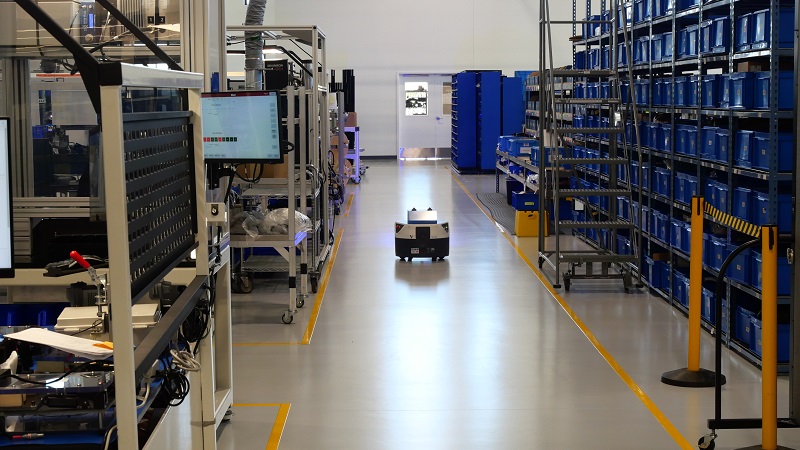
Figure 3. A mobile robot navigates across the plant to move raw materials and collect carts with waste or finished goods.
Infinite Customization
Perhaps "infinite" is a bit strong of a word to use when building products, but one of the challenges with industrial automation is that every process will need some slight variation of a part number. Perhaps a customer needs the same internal sensing mechanisms but enclosed in a certain aluminum housing. Or maybe the sensor works perfectly, except the mounting face must be slightly adjusted. Maybe the form factor is perfect, but the optical elements must have a different performance tolerance.
Because of all these small yet critical differences, SICK sets itself apart by building flexibility into the assembly line. When an end-user needs customization, they can simply work with SICK directly to provide the ideal sensing solution for nearly any situation.
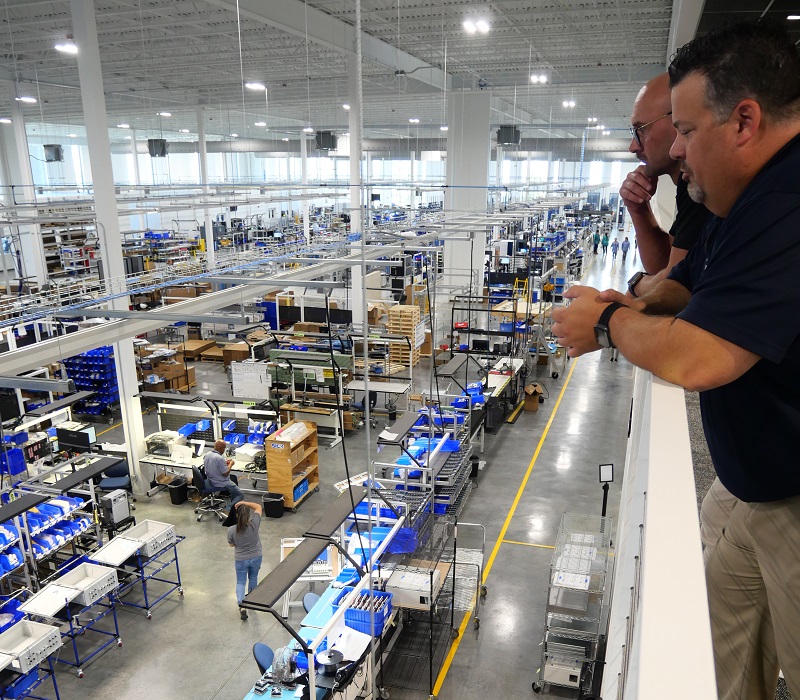
Figure 4. Our facility tour guide and Director of Strategic Product Management (far right), Matt Kahle, shows EETech’s Jesse Powell a top-down view of the plant.
The only problem with flexibility is that it works directly against automation during the assembly stage. At SICK, the workstations are constructed around the human element, and typical conveyors, robots, and enclosed machines are not visible. Instead, each device is crafted and tested with hands-on care.
Each product series is granted its own assembly line due to the specific nature of each sensor. Examples include the well-known H18 SureSense and the Z18 Simple Sense lineups, as well as the newly-announced W10, the first optical sensor to feature touch-screen controls for setup and management.
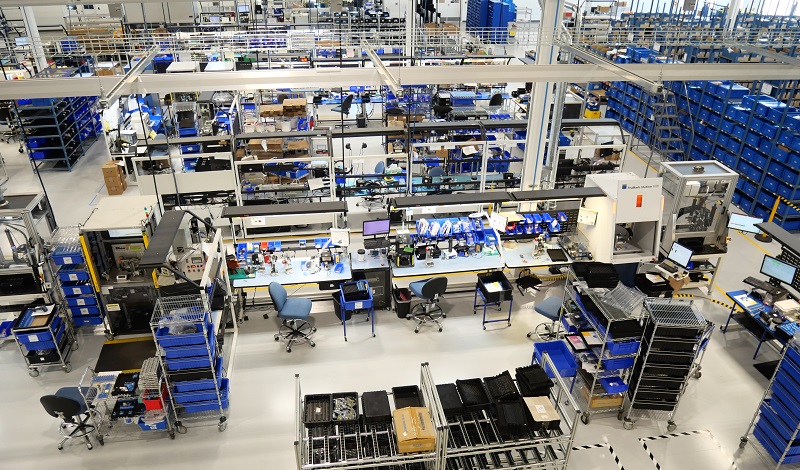
Figure 5. Each product line is a self-contained assembly workstation.
At each workstation, as the products are finished or when leftover boxes and scraps are generated, a quick call to the mobile robot ensures that the employees can keep working on productive activities while the robot handles the dull tasks.
Once the products are finished, they are moved back to the initial shipping end of the plant to be cataloged and placed into the automated storage and retrieval (ASRS) system.
Shipping of Large Assemblies
In this facility, it’s not just sensors that are shipped out in small packages. In many cases, a large aluminum assembly houses one of SICK’s 4-sided scanning enclosures that detect barcodes, 2D codes, and visual orientation of products in logistics operations.
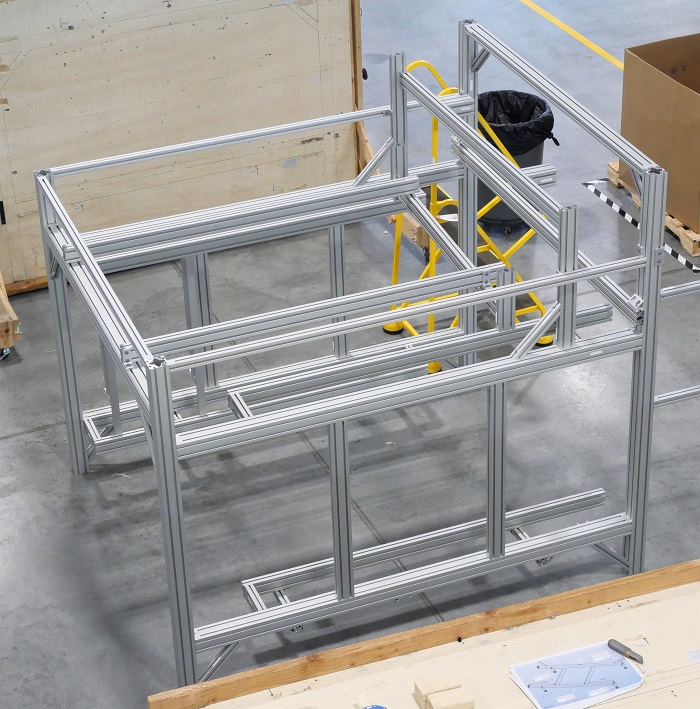
Figure 6. The initial stages of construction for a multi-sided inspection assembly to scan barcodes and products in a fast-moving logistics system.
When large assemblies like this need to be shipped, there are only two alternatives. First, it can be disassembled after testing and then shipped on multiple pallets to be re-assembled by qualified techs at the customer’s facility. Or, it can be created with modular power and data connections, firmly secured in a shipping container. This second method can ease setup labor, but it can’t be done in all cases.
For those assemblies that are shipped on pallets, SICK first wraps the pallets in the typical clear plastic wrap but then gives them one final wrap with a signature blue plastic, allowing the installation technicians to immediately pick out the SICK pallets and get right to work on setup tasks.
The next time you place an order for a SICK part coming from the MN plant, you can now imagine the journey of that component as it is constructed by the SICK team members, then retrieved by the robots when your order is submitted, placed inside a box, and sent out on a truck to make sure that your next operation is back up and running as quickly as possible!
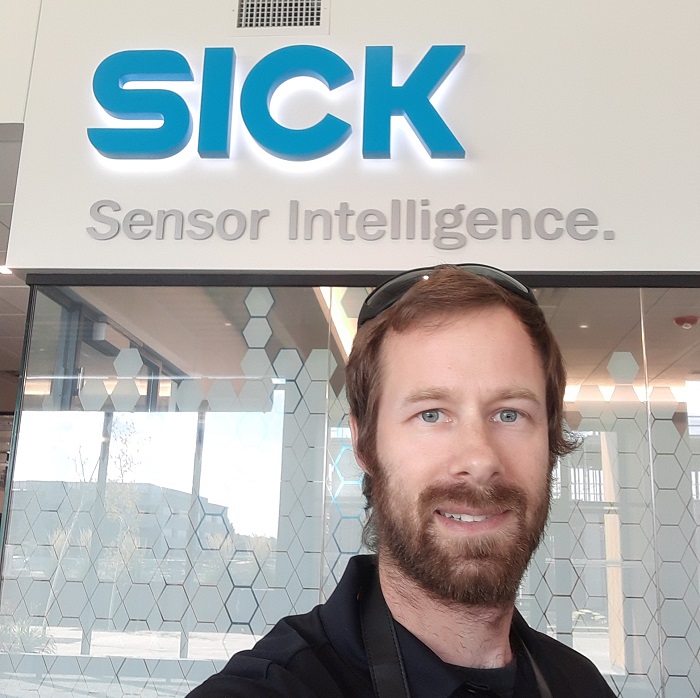
From all of us here at Control Automation, thank you for allowing us to visit!
All images used courtesy of the author.

 Facebook
Facebook Google
Google GitHub
GitHub Linkedin
Linkedin








